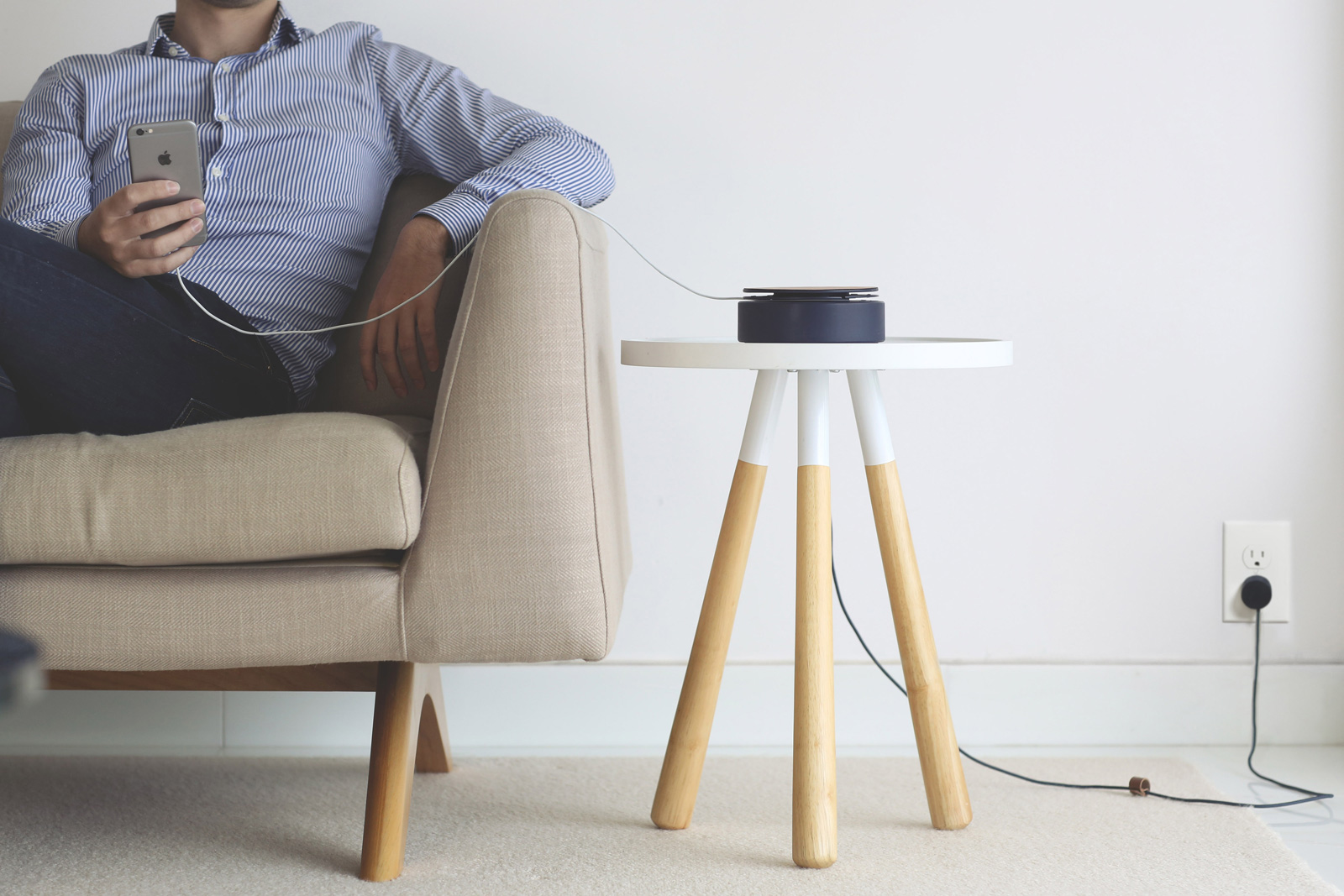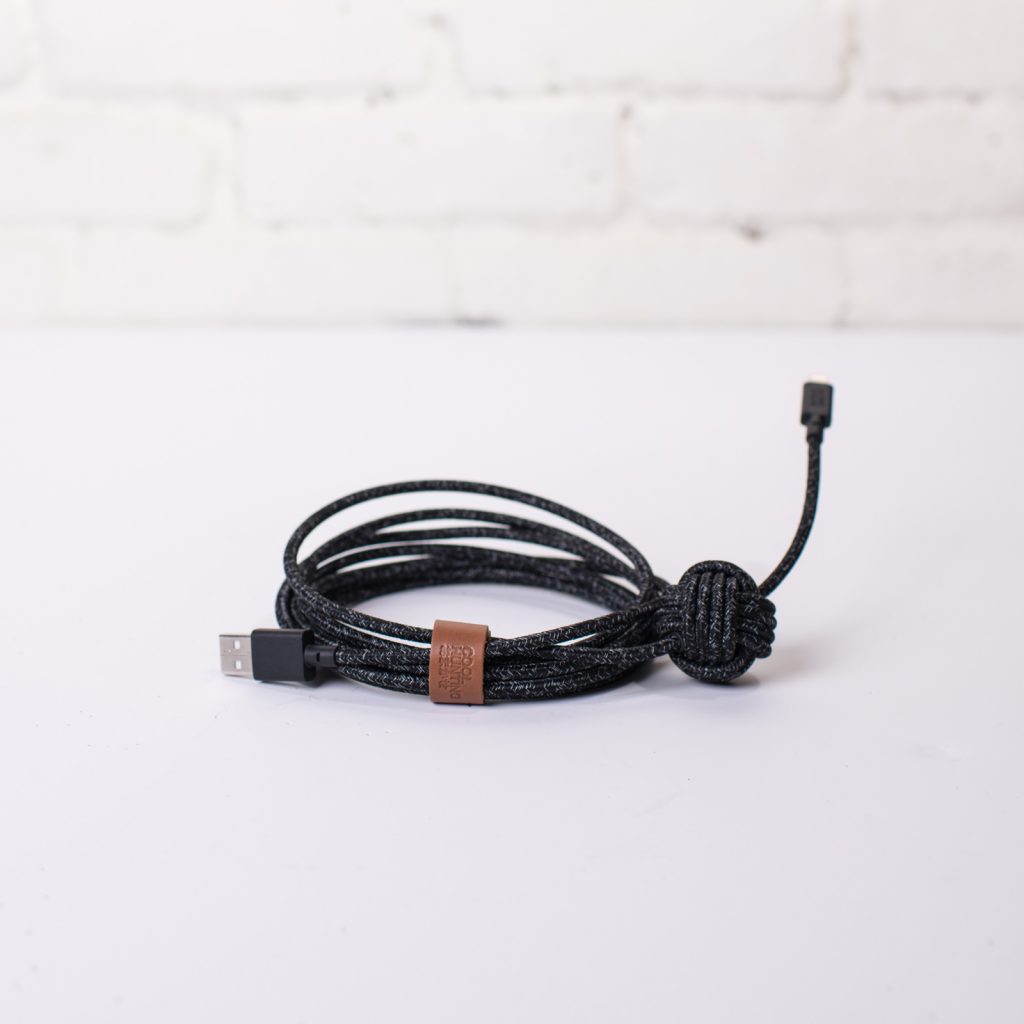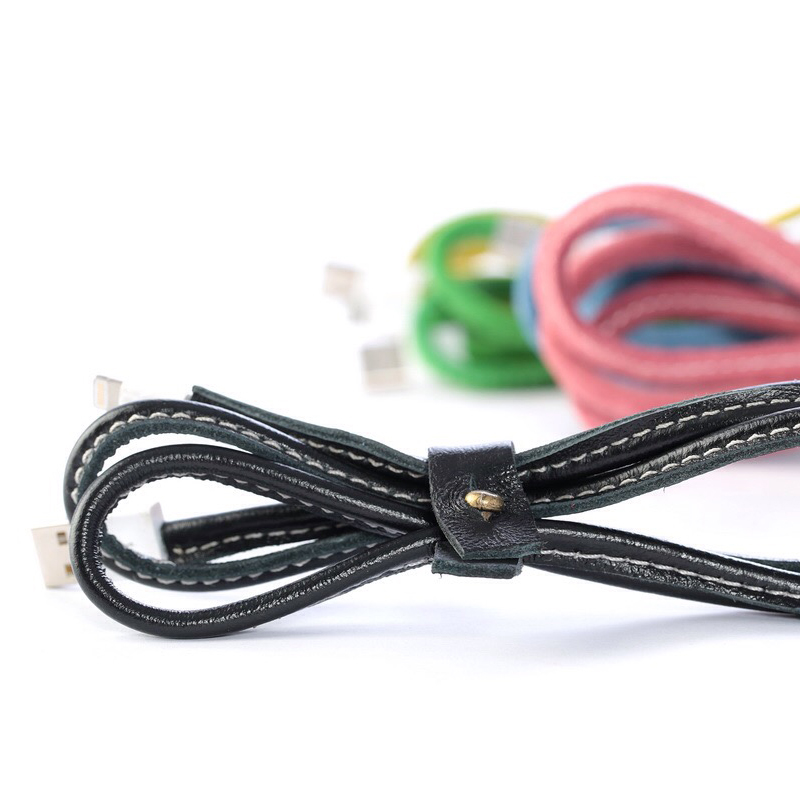Native Union’s Eclipse Charging Cable Solution
A three-port hub for functional, design-forward organization

Since the arrival of electricity in homes, consumers have wondered where to stash unsightly cables and wires. There’s more than a design problem here, but a safety one, that doesn’t just apply to kids and pets. Tangles create all kinds of problems from fraying to chaos, and premium tech accessories brand Native Union has sought to combat these issues since their inception. Now, the brand has returned to Kickstarter for the sake of their newest cable system, the Eclipse. It’s a three-port USB hub (including one that converts from USB-A to USB-C by sliding one button) and despite being such a tiny contraption, it can stow up to 24 feet of cable (which translates, more or less, to three eight-feet-long cords). According to Igor Duc, Native Union’s CEO and co-founder, “Several thousand people told us that cable mess was [their] number one [concern], so we got to work designing the ultimate solution. We found that on average, participants owned six devices, but actually only charged two or three on a daily basis. Armed with this information, we went against the status quo for tons of USB ports, which just causes more cable mess, and stuck to what we really need.”

The simple, circular storage unit can rest on almost surface or be mounted, but it’s the few hidden secrets underlining the true value. Touching the top of the Eclipse activates a capacitive sensor. A halo-shaped portion lifts, offering access to the three cables within, wound around precision-engineered cables. Another tap closes it back up, but with the cable portion revealed and usable. There’s no overlap; tangling becomes an impossibility. A smart IC technology ensures that all plugged-in items charge at their maximum speeds and an advanced transformer guarantees safe currents. A wall mount is included in the purchase, but laying it flat works just about anywhere as the Eclipse also comes with its own four-foot braided power cable—sturdy, lengthy and certainly requiring less space than the three power cords of the devices it can charge simultaneously.

From a design standpoint, the Eclipse employs nothing more than a compact, circular base. Demonstrating Native Union’s commitment to high-quality materials, the piece is made from genuine walnut or cherry wood—both subtle, sophisticated options. The former is paired with a taupe shell and the latter, a navy hue dubbed “marine.” Considering the idea for the Eclipse has been in development since October 2015, the final results are gratifying.

A $50 pledge will secure an Eclipse if the campaign receives full funding. Shipping is expected in April 2017.
Images courtesy of Native Union












